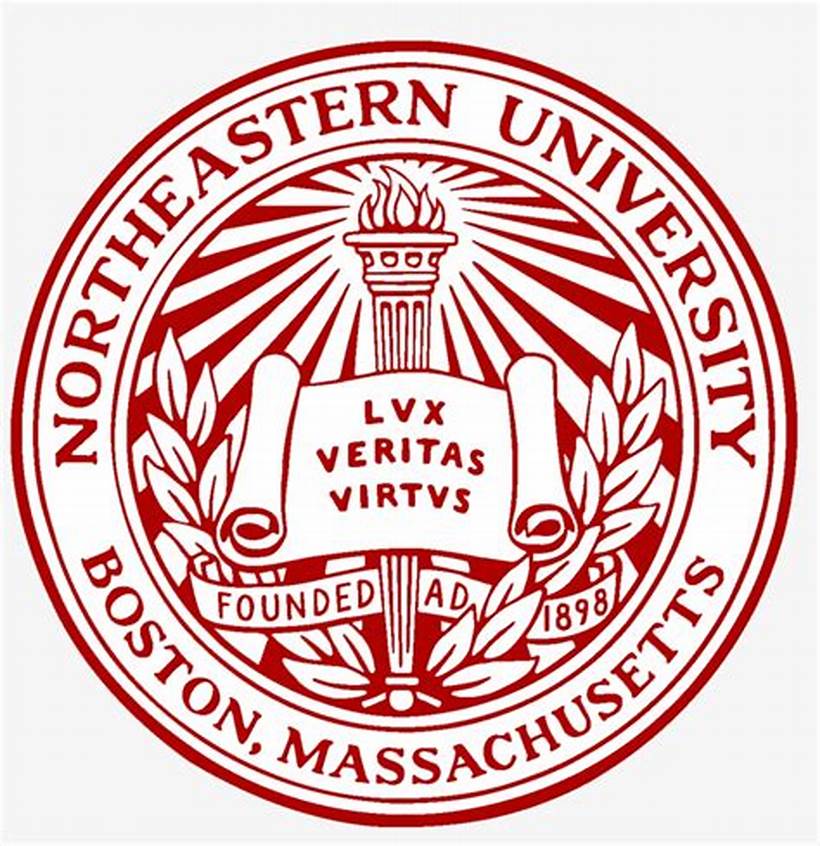
Background
To attain net-zero buildings by 2050, substituting carbon-intensive materials with sustainable alternatives is crucial. Timber, a viable carbon-storing material when harvested sustainably, faces design limitations hindering the widespread adoption of mass timber buildings. Cross-laminated timber (CLT), a robust panel with layered dimensional lumber for bi-directional strength , addresses these challenges. While relatively recent in North America, CLT has proven a cost-effective and eco-friendly alternative in Europe for two decades, notably replacing prefabricated concrete panels in large-scale construction. Despite its exposed timber elements and sustainability advantages, mass timber presents unaddressed engineering design challenges, particularly in diaphragms, seismic behavior, gravity performance, and connections. Comprehensive research is essential for formulating precise U.S. design and code recommendations in these domains
Steel and Hybrid Buildings
Design for Deconstruction (DfD)
Commercial buildings typically last 50-60 years, a timeframe often overlooked in many carbon assessment methods. To create carbon-negative designs that effectively store carbon in the short term, materials need to be reused after a building is taken down, rather than ending up in a landfill or being incinerated. This can be achieved by embracing recent advancements in design for easily deconstructable steel structures, reducing carbon emissions by 70% (see Figure 3A). Additionally, designing for deconstruction not only aids sustainability but also simplifies construction, as all connections, including complex beam-to-slab actions, are facilitated through straightforward bolted connections.
Advanced Manufacturing of Novel CLT Layups
Advanced manufacturing techniques enable use of local materials and help satisfy fire, weather, vibration, sound, and DfD requirements. Specifically, developers work to characterize the variations in CLT performances based on the variations in local timber feedstocks and develop a reinforcement learning (RL) framework such that artificial intelligence (AI) agents can autonomously learn how to optimize CLT layups (e.g., the number of layers, the organization of layers with different grades) to minimize the variations in the mechanical performances of CLT diaphragms (Figure 3B). The proposed work will draw out the full potential of CLT diaphragm, such that the proposed steel+CLT yields optimal key performances. In addition, the feedforward optimization technique will allow the use of local timber feedstock, leading to the reduction in embodied carbon emissions during the transportation to CLT to the construction site.
current developments
CLT - Steel Connectors
The goal of current CLT- Steel connector testing is to investigate the composite behavior between CLT and steel for gravity loading, plank-to-plank connections in CLT diaphragms for seismic loading and create innovative connection solutions that promote DfD. The current working design is the Bolted Connection which involves a steel sheet that a bolt could easily slide through for fast constructability, high strength and reduced drilling damage. Several tests such as the Composite Beam Test , Pushout Test , and Diaphragm Test are being conducted to observe connection stiffness, strength, and ductility. These results must be analyzed to develop general design equations for industry practice.

